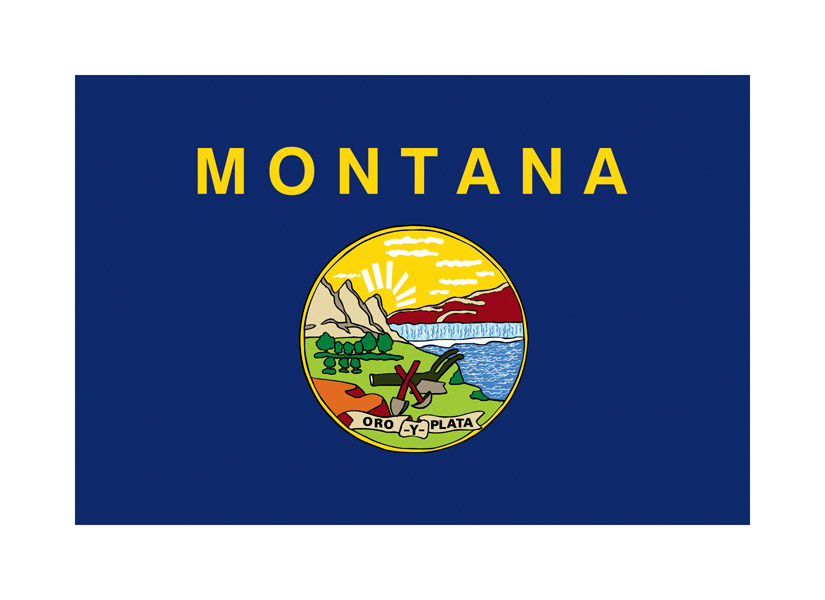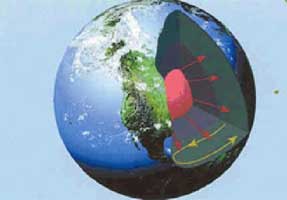A number of climate, vegetation, land, and resource classification systems have been developed over the years in a broad attempt to better understand what lives and grows upon our planet and how to manage the earth’s resources.
While all these systems are related, each was designed with a particular purpose in mind. The goal of many geographers and ecologists (ecogeographers) is to develop a unified system that works across disciplines.
While other systems exist, the most notable are those attributed to:
Bailey (Ecoregions – U.S. Forest Service)
Robert G. Bailey is a noted geographer and mapmaker with a long career at the U.S. Department of Agriculture’s U.S. Forest Service. Starting in the late 1960s Dr. Bailey developed and refined a system of land classification that took into account not just climate and vegetation, but also animal life, geology, soils, water quality, and human land use. Bailey’s "ecoregions" concept has had a major influence on the adoption of an ecosystem-based approach to managing public land, especially forests.
Koppen (Koppen Climate Classification System)
In 1884 Russian climatologist Wladimir Koppen published a climate classification system based on the concept that native vegetation is the best expression of climate. The key elements of his system were the effects of temperature and precipitation upon the development of local vegetation. Koppen modified his system in 1918 and 1936, and then collaborated with German climatologist Rudolf Geiger for further refinements. The result is often called the Koppen-Geiger Climate Classification System.
Kuchler (Potential Natural Vegetation Types)
A.W. Kuchler was a German-born geographer who came to the United States in 1941 and began a distinguished academic career with appointments at the universities of Denver, Wisconsin, Rochester, and Kansas. In 1964 Dr. Kuchler published his "Potential Natural Vegetation Types" in which he mapped the conterminous United States depicting the vegetation that would exist if plant succession were allowed to proceed without human interference. Kuchler is acknowledged as the world’s leading authority on vegetation mapping.
Omernik (Ecoregions – U.S. Environmental Protection Agency)
James M. Omernik is a geographer and scientist working with the U.S. Environmental Protection Agency. In 1987 Dr. Omernik published an ecoregions map designed as a spatial framework for environmental resource management. His approach was based on the premise that ecological regions can be identified through the analysis of the patterns and composition of environmental factors including geology, physiography, vegetation, climate, soils, land use, wildlife, and hydrology. His system is in use at the U.S. Environmental Protection agency.
World Wildlife Fund (Terrestrial, Freshwater and Marine Ecoregions)
WWF ecologists have developed a hierarchical system designed to identify terrestrial, freshwater, and marine ecoregions for the purpose of supporting the conservation, research, and restoration of the environment. The system identifies eight terrestrial ecozones with 867 smaller ecoregions and 12 marine realms with 62 marine provinces.
Copyright © 1993-2025 World Trade Press. All rights reserved.



